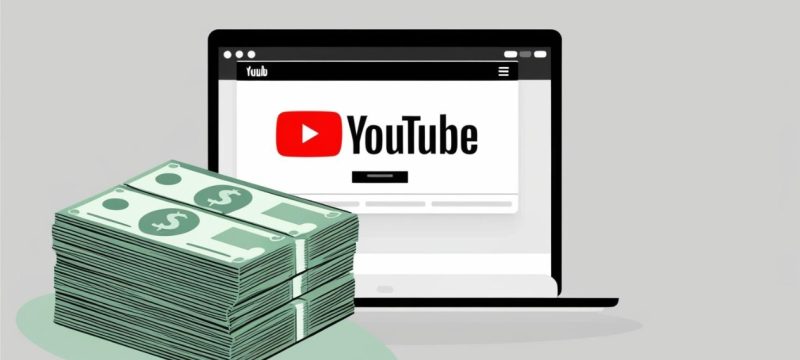YouTube has recently introduced several significant changes to its monetisation policy, sparking discussions across the creator community. The tweaks in YouTube’s monetisation policy raise eyebrows, as many content creators are concerned about how these new rules will affect their revenue streams. The platform, known for being one of the largest video-sharing sites, has made these adjustments to ensure that creators comply with updated guidelines and better align with evolving advertising standards.
Read More : What to Expect at WWDC 2025: A Bold New Look, Apple Intelligence, and Smarter iPads
One of the key changes is the requirement for creators to maintain more consistent engagement on their channels. Previously, creators only needed to meet specific thresholds, such as having 1,000 subscribers and 4,000 watch hours, to monetise their content. However, under the new guidelines, these numbers are no longer enough. YouTube has now added extra layers of complexity, including stricter rules around the type of content eligible for monetisation. This has led to concerns about the ability of smaller or niche creators to continue earning from their videos.
The tweaks in YouTube’s monetisation policy raise eyebrows as they come amid growing competition from other platforms that offer more flexible revenue-sharing models. Creators are questioning whether these changes are a step toward limiting their earnings potential or improving the platform’s advertising quality. Additionally, many have expressed frustration over the lack of clear communication regarding how these policies will be enforced and how they can adapt to the new rules.
Although YouTube has stated that these updates will help improve the overall experience for creators and advertisers, many are not convinced. The platform’s creators, who are often the backbone of its success, have voiced concerns that these changes could lead to reduced income and greater uncertainty about future monetisation opportunities. As the debate continues, many are hoping that YouTube will provide more transparency and guidance to help creators understand and navigate the new monetisation landscape.
In conclusion, the tweaks in YouTube’s monetisation policy raise eyebrows for various reasons. Whether these changes will ultimately benefit or harm the creator community remains to be seen, but the ongoing discussions suggest that content creators are paying close attention to how these policies unfold.







